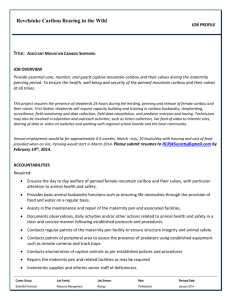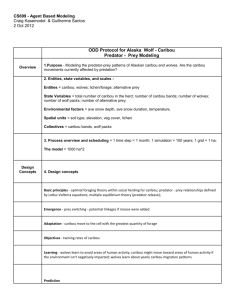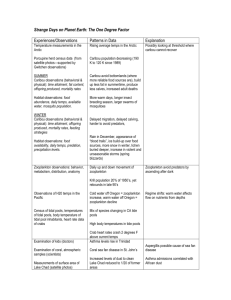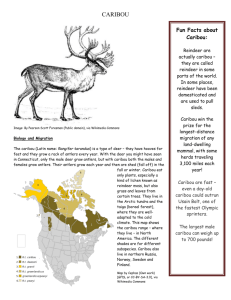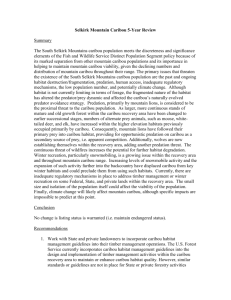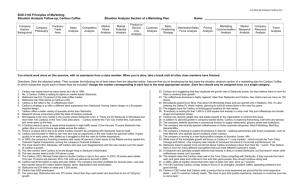Dimensional Analysis
advertisement
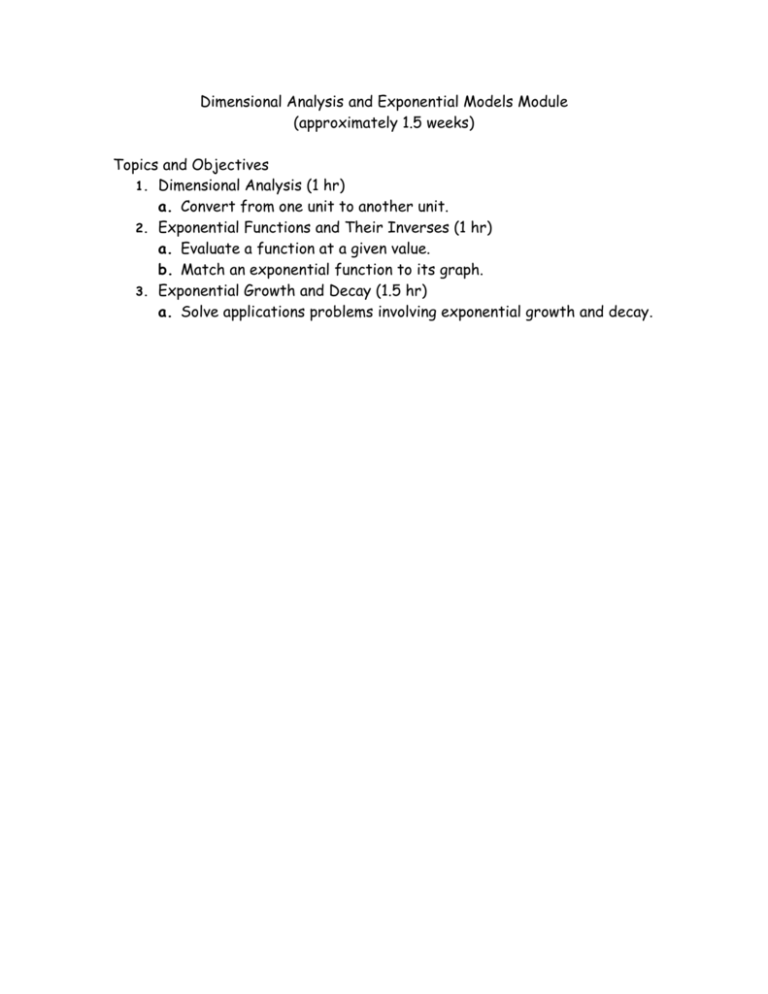
Dimensional Analysis and Exponential Models Module (approximately 1.5 weeks) Topics and Objectives 1. Dimensional Analysis (1 hr) a. Convert from one unit to another unit. 2. Exponential Functions and Their Inverses (1 hr) a. Evaluate a function at a given value. b. Match an exponential function to its graph. 3. Exponential Growth and Decay (1.5 hr) a. Solve applications problems involving exponential growth and decay. Possible Test Questions CEGM1-a TM1. There are 7 dweebs in a twerp and 4 twerps in a geek. a) Convert 9 geeks to dweebs. Give exact answers. b) Convert 192 cubic twerps to cubic geeks. Give exact answers. TM2. There are 7 dweebs in a twerp and 4 twerps in a geek. There are 6 springs in a river. a) Convert 60 dweebs per spring to twerps per rivers. Give exact answers. b) Convert 25 twerps per square river to dweebs per square spring. Give exact answers. CEGM 2-a TM1. Use a calculator to estimate e0.12 with four decimal place accuracy. A. B. C. D. E. 1.1275 -2.1203 1.3183 -0.9208 none of the choices above are correct TM2. Use a calculator to estimate ln12 to four decimal place accuracy. A. 1.0792 B. 162754.7914 C. 12.0000 D. 2.4849 E. none of the choices above are correct TM3. The population of caribou in a particular wilderness area is given by the function P(t ) 326e0.032t where t is measured in years since 1970. What will the caribou population be in 2010? A. B. C. D. E. 13,050 1173 4 13,464 none of the choices above are correct CEGM 2-b TM1. Match the following functions with their graphs. a. y ae3t b. y ae1.75t c. y ae0.75t I II A. B. C. D. E. III a-I; b-II; c-III a-III; b-II; c-I a-III; b-I; c-II a-I; b-II; c-III none of the choices above are correct CEGM 3-a TM1. A bacteria culture doubles every hour. Find the model and use it to estimate the bacteria population in 5 hours 20 minutes if the culture initially contained 50 bacteria. A. B. C. D. E. 17,523 1838 2016 15,136 none of the choices above are correct TM2. The population of caribou in a particular wilderness area is given by the function P(t ) 326e0.032t where t is measured in years since 1970. What is the initial population of caribou? A. 1 B. 10 C. 326 D. 163 E. none of the choices above are correct TM3. The population of caribou in a particular wilderness area is given by the function P(t ) 326e0.032t where t is measured in years since 1970. What will the caribou population be in 2010? A. B. C. D. E. 13,050 1173 4 13,464 none of the choices above are correct TM4. The population of caribou in a particular wilderness area is given by the function P(t ) 326e0.032t where t is measured in years since 1970. What is the relative growth rate of this caribou population? A. B. C. D. E. .032% 1.032% 3.4199% 3.2% none of the choices above are correct TM5. Technetium 99m is a radioactive substance introduced into the blood stream for medical imaging. The half-life of Technetium 99m is 4 hours. If 30 cc are administered, when will there be 5 cc in the blood? Use four decimal places for computations and answers. NOTE: The following provided problems: Terri Miller (TM)

